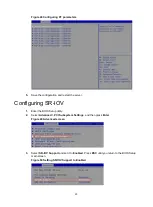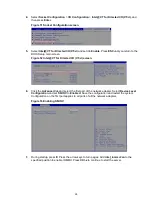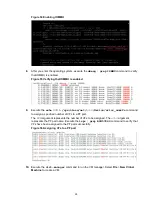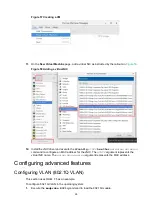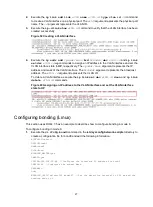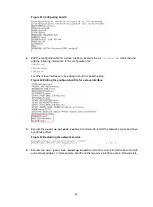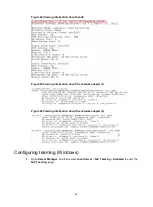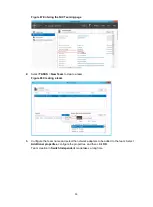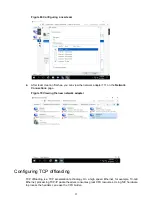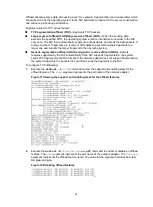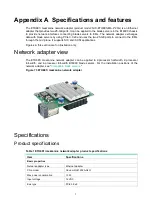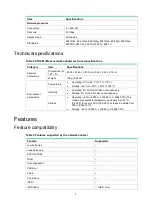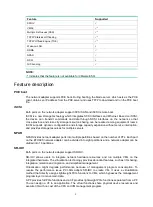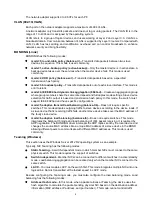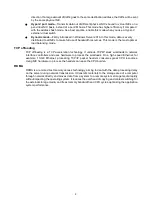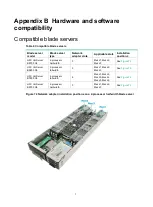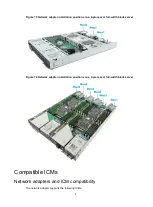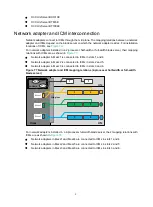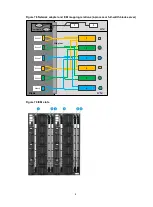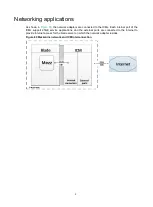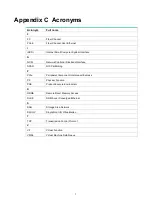
5
direction. If a large amount of traffic goes to the same destination address, the traffic will be sent
by the same physical NIC.
•
Hyper-V port mode
—Transmits data out of different physical NICs bound to virtual NICs on a
per-virtual NIC basis, instead of a per-VM basis. This mode has higher efficiency if compared
with the address hash mode. As a best practice, enable this mode when you use a Hyper-V
external virtual switch.
•
Dynamic mode
—Firstly introduced in Windows Server 2016. In this mode, data is evenly
distributed to all NICs to make full use of bandwidth resources. This mode is the most optimal
load balancing mode.
TCP offloading
TCP offloading is a TCP acceleration technology. It unloads TCP/IP stack workloads to network
interface controllers and uses hardware to process the workloads. On a high speed Ethernet, for
example, 10-GE Ethernet, processing TCP/IP packet headers consumes great CPU resources.
Using NIC hardware to process the headers can ease the CPU burden.
RDMA
RDMA is a remote direct memory access technology, aiming to deal with the data processing delay
on the server during network transmission. It transmits materials to the storage area of a computer
through network directly and moves data from a system to a remote system storage media rapidly
without impacting the operating system. It reduces the overhead of copying and context switching for
the external storage media, and frees memory bandwidth and CPU cycles, optimizing the application
system performance.

